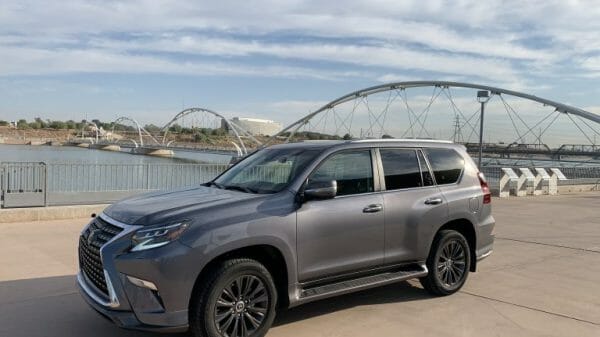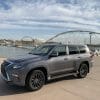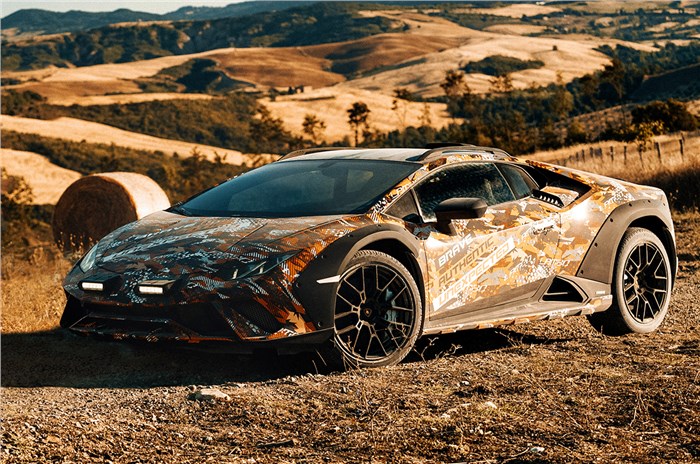Most older folks assumed that by the year 2020, all of our cars would be flying, self-driving, or both. Currently, they are neither, but that could change sooner than we think. Companies like Tesla and Google are racing to to be the first to claim that coveted title, and they have both made some pretty impressive technological strides in the process. But the big question mark on this whole effort is this: can all cars on the road be self-driving? At the moment, the answer is “probably not.”
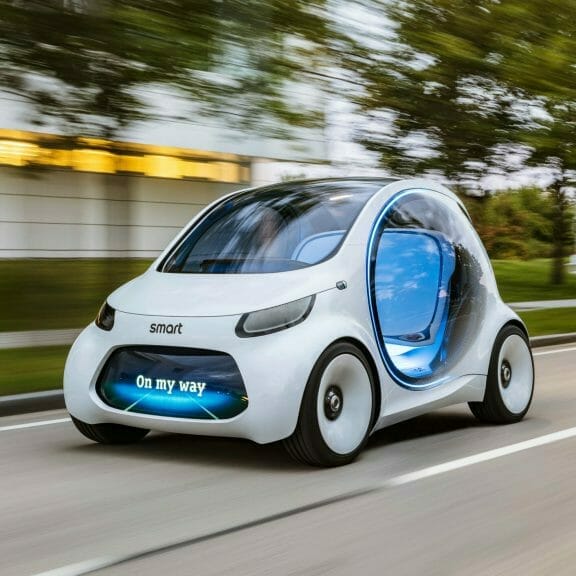
The driving AI present in Google and Tesla’s cars is very advanced. It knows basic traffic etiquette, it’s got constantly updating maps, and they can stop when they detect danger. The problem, however, is that as advanced as the AI is, it still can’t account for human unpredictability. If you’ve driven on almost any commercial road, you know how prone people are to completely shirking the rules of driving and going at their own pace. Do you know how many people I see stopping dead in the middle of the road to wait to merge into another lane, holding up the entire lane behind them? A lot more than you’d hope. Unless we can logic out some kind of… I don’t know, unpredictability algorithm for human driving behavior (which is a massive paradox), an AI simply wouldn’t be able to react to all driving situations, which could spell trouble.
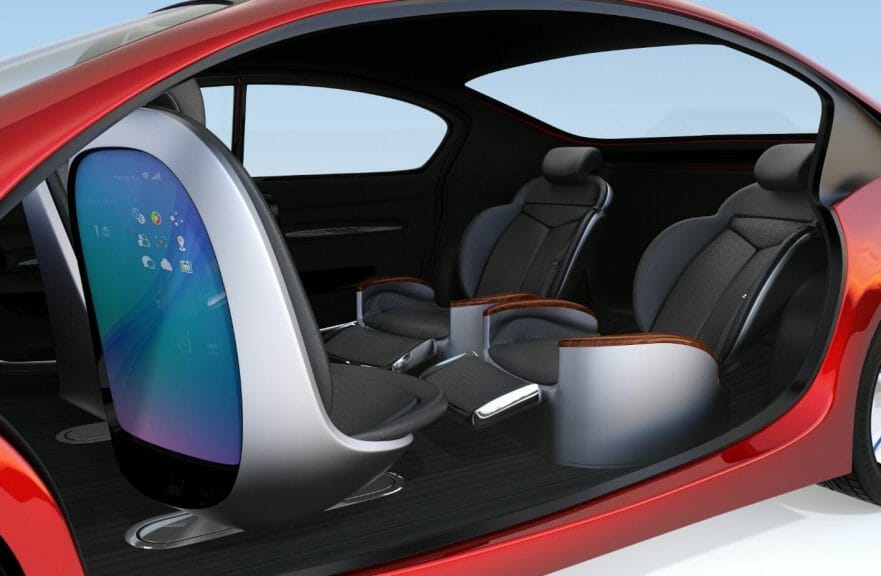

The better option to shoot for over making every car self-driving at once would be to start smaller. Instead of full-on cars, it might be better to start with single-person vehicles like scooters. Y’know, something you can drive on a sidewalk or in a park. Granted, the unpredictability of people would still be a factor, but this could offer a situation to get some data on that without presenting the risk of car accidents. Technology can move fast, but it needs a road to traverse.






